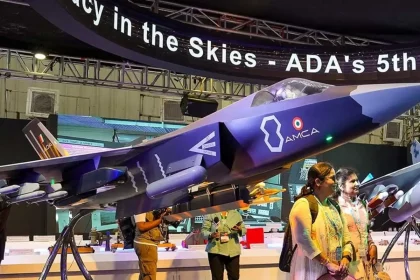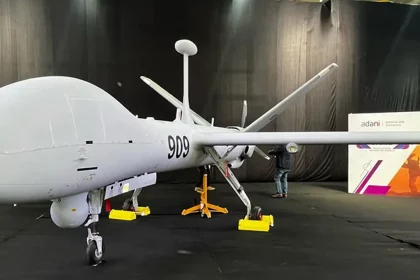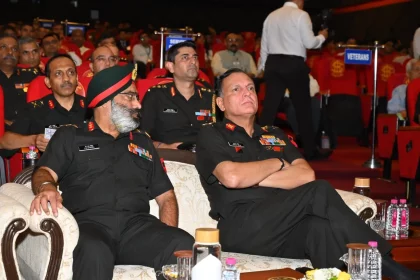Lt Colonel Prasad Purohit Promoted to the Rank of Colonel After 17 Years
As Purohit prepares for retirement, his story serves as a cautionary tale of the intersection between national security, political agendas,…
28 Private Firms Join HAL to Propel India’s Indigenous AMCA Stealth Fighter Program
28 Private Firms Compete to Partner with HAL in India’s Indigenous 5th-Generation AMCA Stealth Fighter Program, Accelerating Nation’s Aerospace and…
India Set to Issue ₹30,000 Crore RfP for Indigenous MALE Drones, Signals Major Defence Indigenisation Push
Defence Secretary Rajesh Singh Signals ₹30,000 Crore Indigenous Drone Programme, Emphasises Self-Reliance, Technology, and Competitive Procurement.
Lt Gen Abhijit S Pendharkar Reviews Security and Troop Operations in Nagaland
Spear Corps Commander Highlights Troop Dedication and Community Synergy in Nagaland Operations.
Southern Command Hosts Seminar on Additive Manufacturing for Combat Equipment in Pune
Defence Experts, Industry, and Academia Unite to Push Indigenous 3D Printing Solutions.
Pahalgam Attack: J-K Police Arrest Man for Aiding Terrorists in April 22 Massacre
Forensic Probe Links Arrested Man to Weapons Used in April 22 Massacre During Operation Mahadev.






